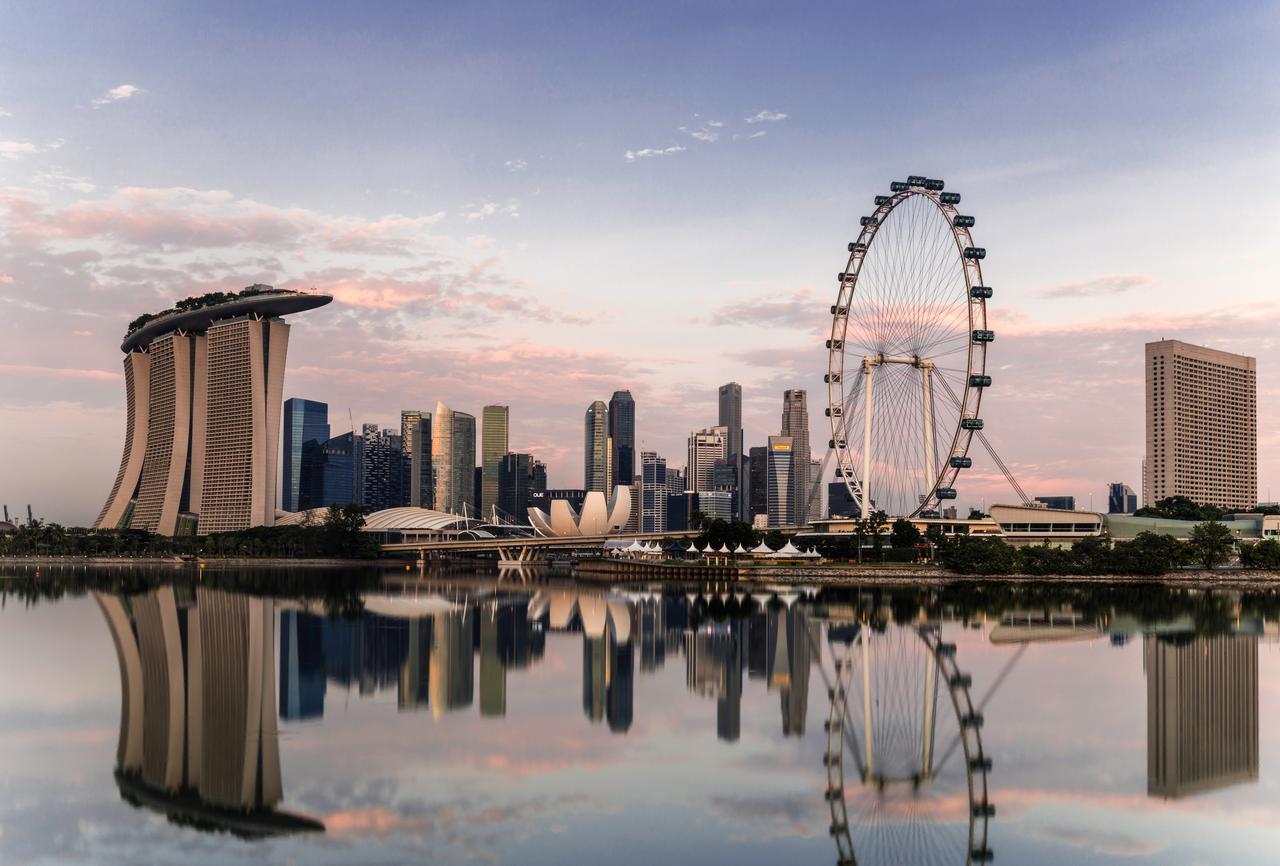06.03.2018 | ENSI gives green light for Beznau Unit 1
"Safety is ensured"
"Perhaps the globally most extensive, detailed investigations on a reactor pressure vessel (RPV) have strikingly confirmed the safety of the Unit 1 RPV. Once again, Axpo has demonstrated its "safety first" policy. Continued operation of the plant is authorised with no safety-technical restrictions." Willibald Kohlpaintner, Head of Axpo's Nuclear Energy division, in an interview.
The Federal Nuclear Safety Inspectorate (ENSI) endorsed the safety case submitted by Axpo for Unit 1 of the Beznau nuclear power plant on 6 March 2018. This marks the successful completion of an extensive analysis process under the roadmap deemed expedient by ENSI. KKB has set international standards with the work performed to obtain the safety case in collaboration with leading organisations and experts. With the approval of the safety case by the supervisory authority, Axpo can now guarantee the safety of Unit 1 according to the state of the art and technology as well as national and international regulations. The safety case also corroborates earlier assessments and tests, and validates the safety margin for safe operation of the plant for over 60 years.
Axpo submitted the first safety case to ENSI in mid-November 2016. On 8 December 2017, the supplementary case was provided to the supervisory authority. Why did ENSI require additional analyses? Was the first safety case unsatisfactory or incomplete?
In mid-November 2016, we submitted a report that from our perspective fulfilled all national and international regulatory requirements and confirmed the safety of the plant. However, the supervisory authority and the international testing experts called for significantly more tests to underpin their assessments and this resulted in the revision of the safety case that was already submitted. This process cost Axpo a great deal of time and money. The supervisory authority has the right to impose additional requirements at any time. This is quite normal in such complex investigations and reflects the high safety requirements. So we are all the more pleased that ENSI and the international experts have given us the green light for Beznau 1.
What exactly has Axpo demonstrated in the safety case? Can you give us a brief description of the document contents?
The safety case demonstrates that the reactor pressure vessel of KKB1 complies with all the safety requirements. The report summarises the results of all tests that Axpo performed in the course of nearly three years. We were able to establish the cause of the detected inclusions and prove that these occurred during manufacture of the reactor pressure vessel. We were able to clarify the impact of non-metallic inclusions on the material properties of the reactor pressure vessel, as well as provide proof of integrity with a replica of a reactor pressure vessel ring. In addition, the report responds to the question of whether the safety margin is sufficient for continued operation: The integrity of the reactor pressure vessel is confirmed for a service life of over 60 years.
Why do you think ENSI took so long? Were they unsure? Do you think political considerations were behind the delay?
We have no indications that this is the case. The supervisory authority repeatedly stated that it would take the necessary time to perform an extensive, technical review of the submitted documentation. This was the case and appropriate in view of the complexity of the case under review. The endorsement of our extensive safety case attests to the high safety standards of the plant.
You have always said that the inclusions were not induced during operation, but during manufacturing. How did non-metallic inclusions get into the steel?
Aluminium, which is the source of the detected aluminium-oxide, is used during casting to stabilise the steel and to bond any existing oxygen. Our investigations demonstrate that the inclusions do not have any negative impacts on material properties.
Opponents criticise that the replica ring manufactured according to the casting processes of the 60's is not representative. They say the replica cannot be used for the investigations. What's your response?
Precisely the contrary is the case: The replica enabled us to draw conclusions in connection with the Unit 1 RPV. The replica exhibits the same chemical, mechanical and ultra-sonic properties as ring C of the RPV. This confirms the representative nature of the replica. ENSI and the international experts determined that this process was appropriate.
Why is Axpo holding onto Beznau when its safety is not guaranteed?
The Beznau nuclear power plant is in good condition despite its service life. With continuous retrofitting and renewal investments in the range of CHF 2.5 billion, Axpo has ensured that plant complies with the required safety standards at all times. The Swiss supervisory authority ENSI has confirmed previous assessments with the endorsement of the most recent safety case. Axpo plans to operate the plant as long as it is safe and economical to do so. Decommissioning is not a topic at this time. With the continued operation of the plant, Axpo ultimately makes a valuable contribution to the implementation of the Swiss Federal Council's energy strategy.

Axpo is committed to the highest standards of safety for its nuclear facilities. Hier kann man nachlesen (German only), welche das sind.





